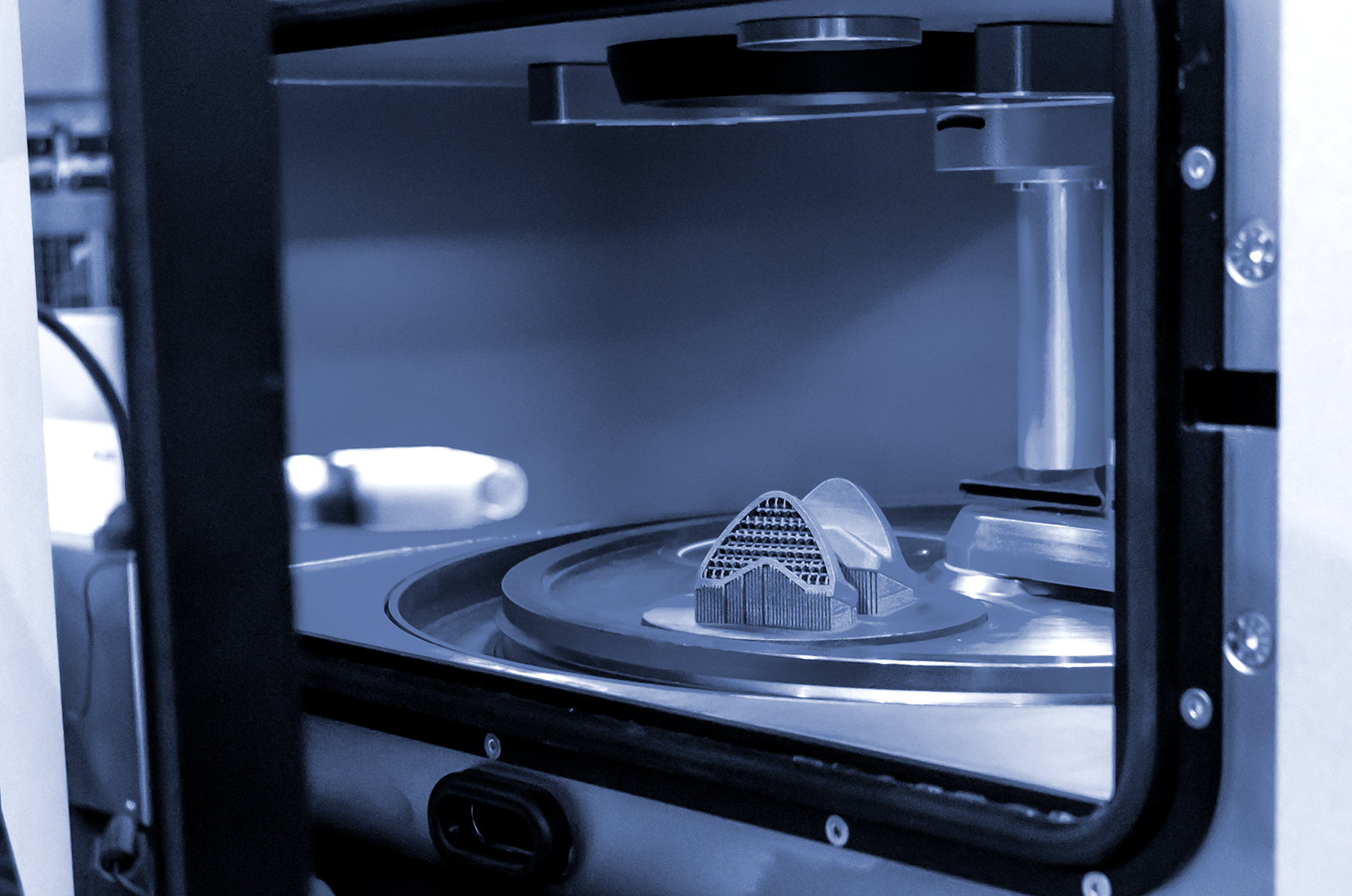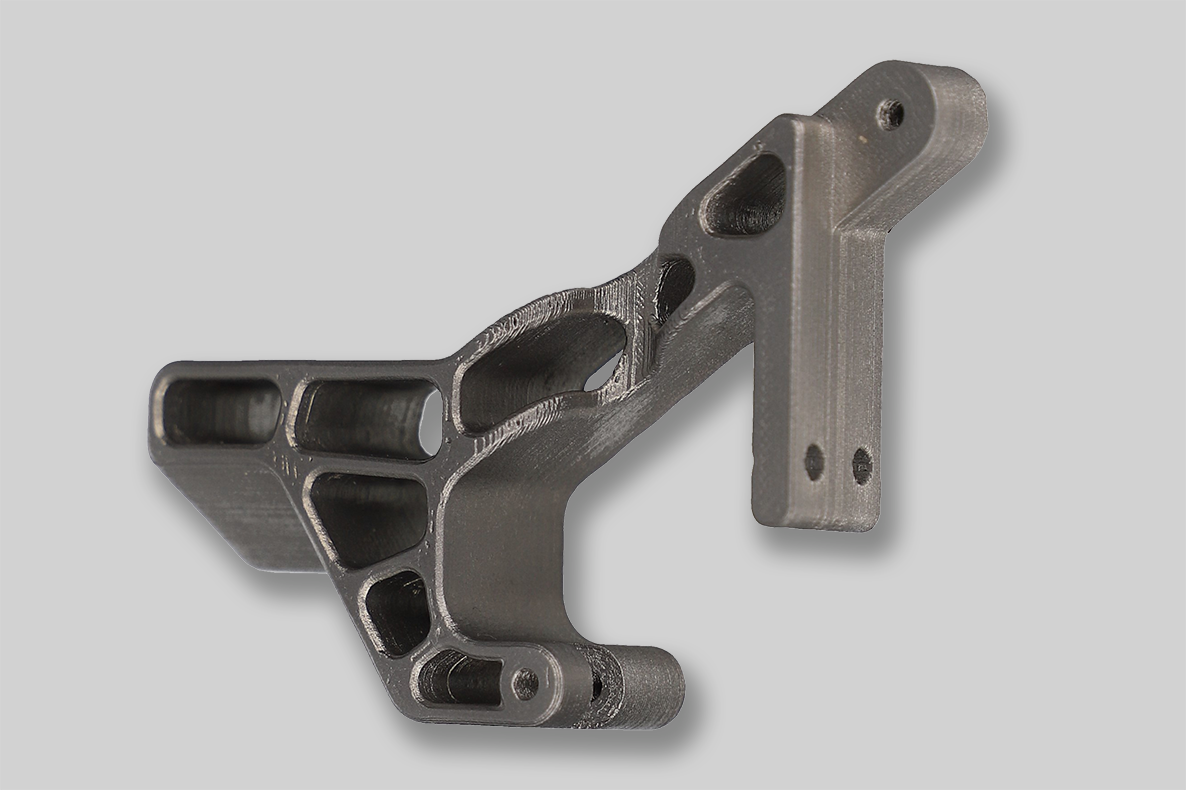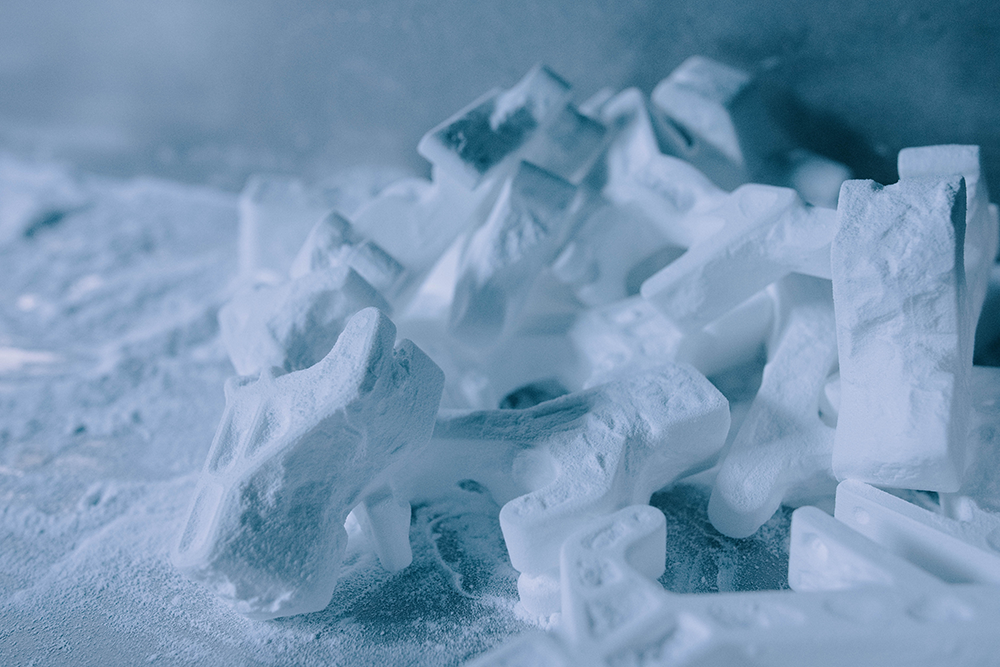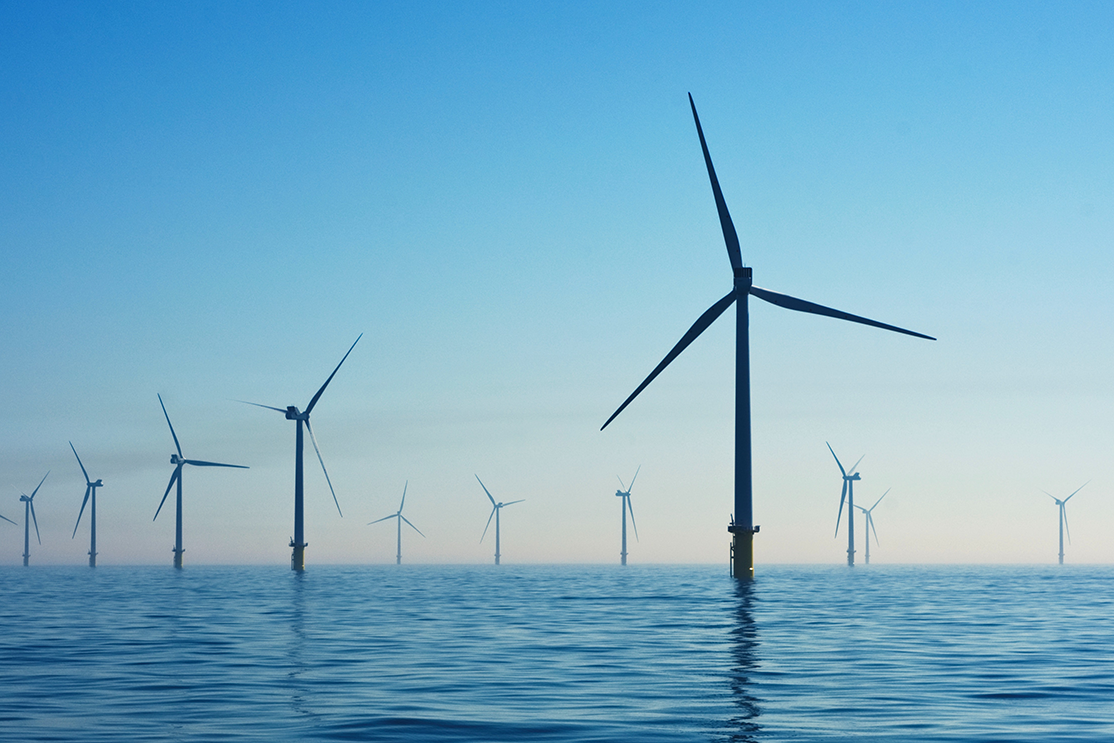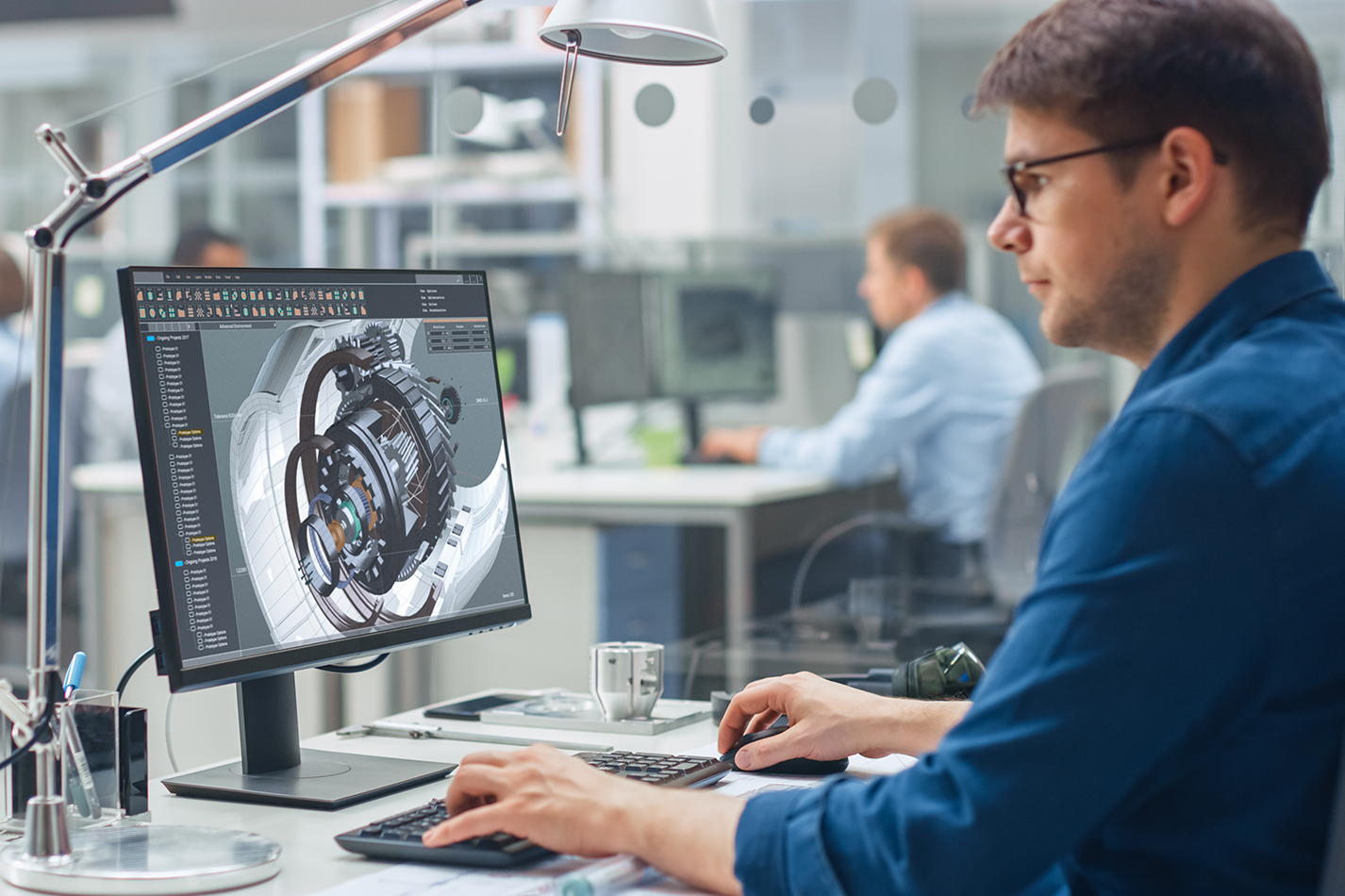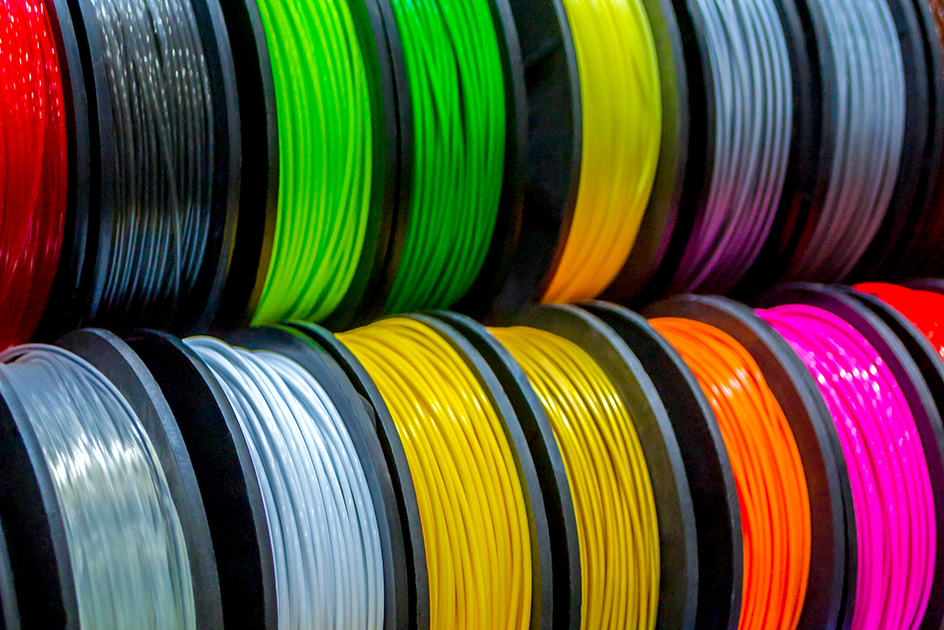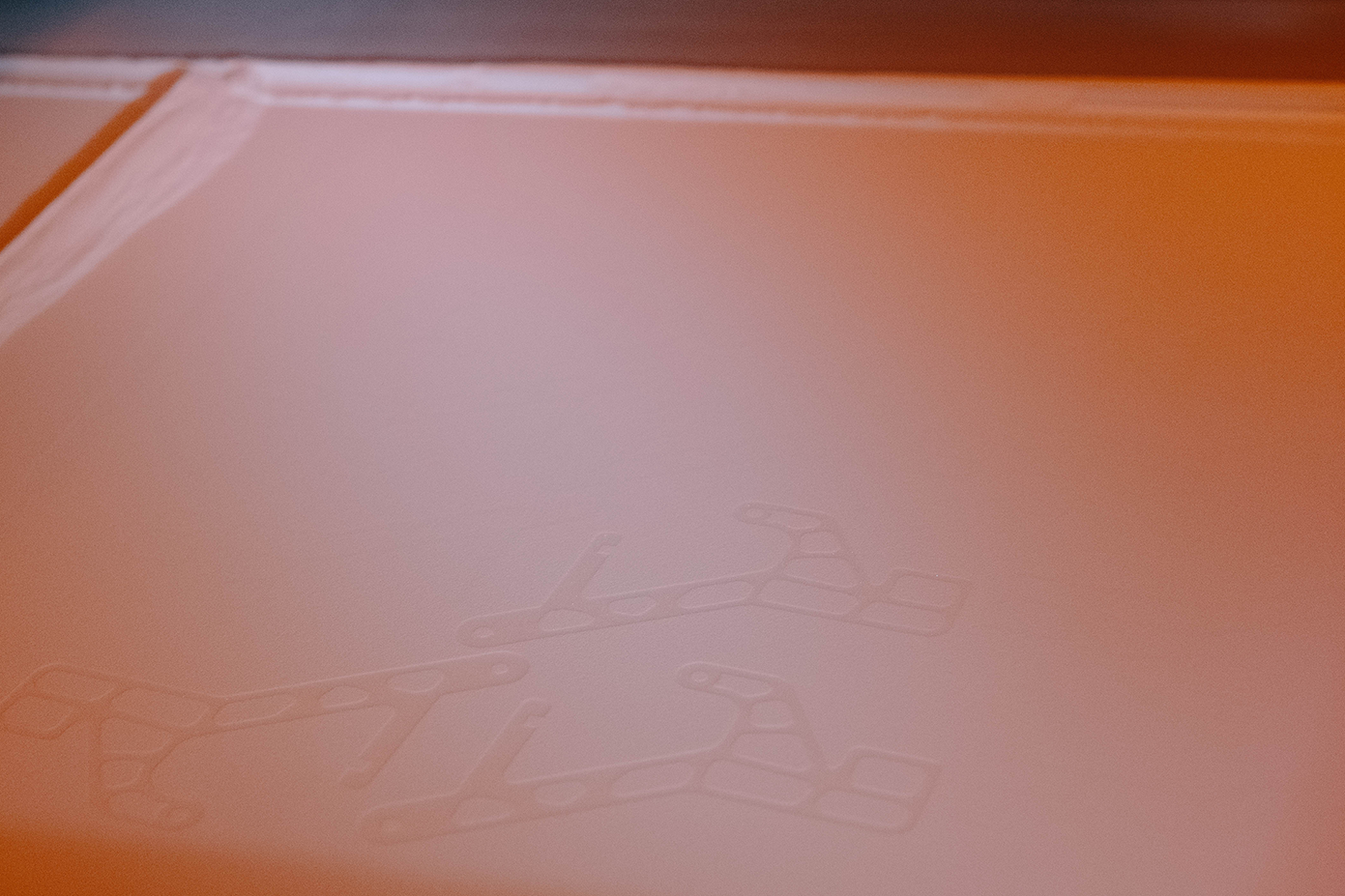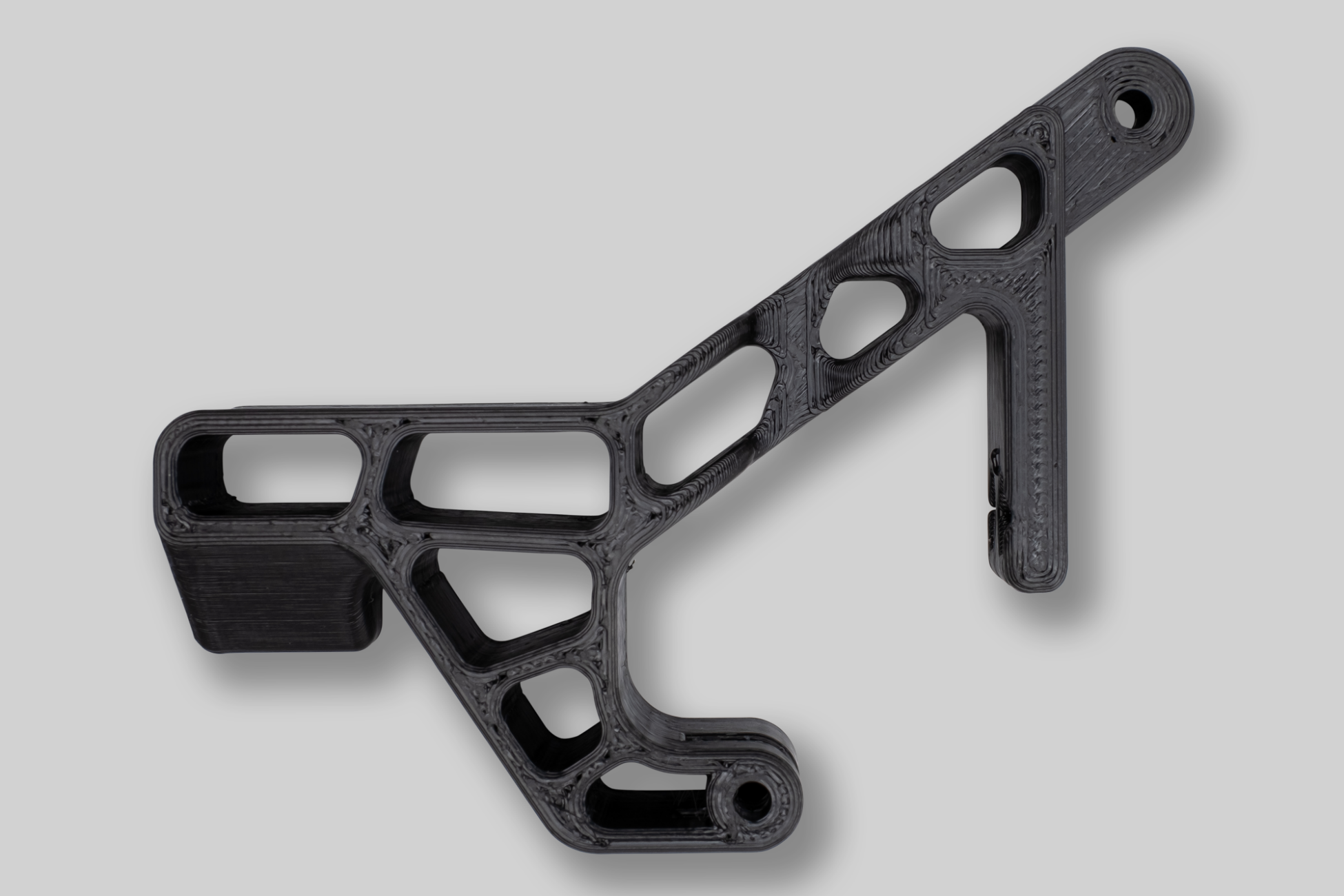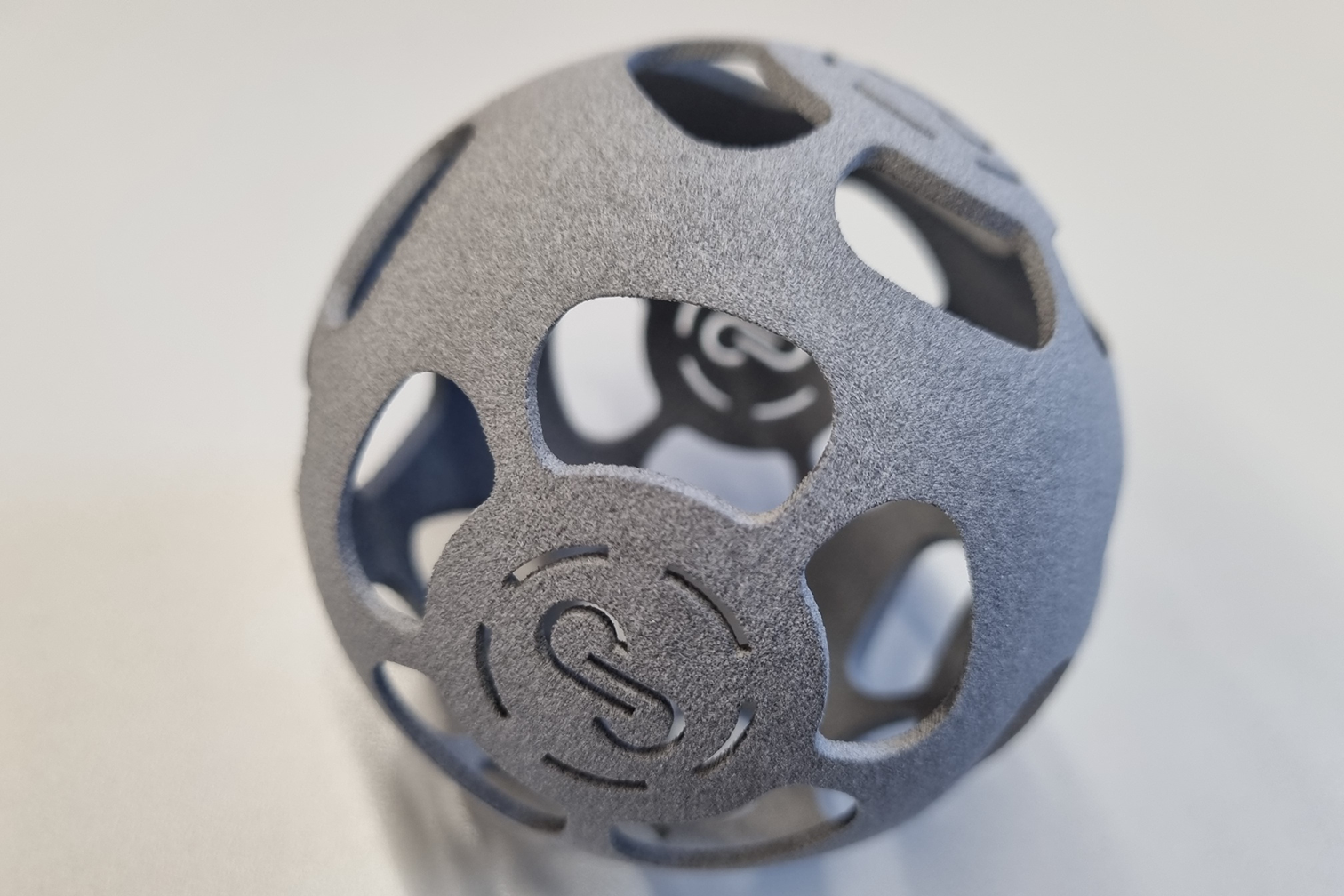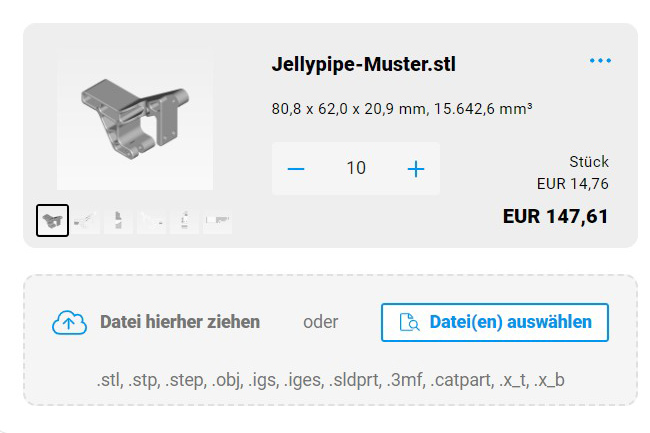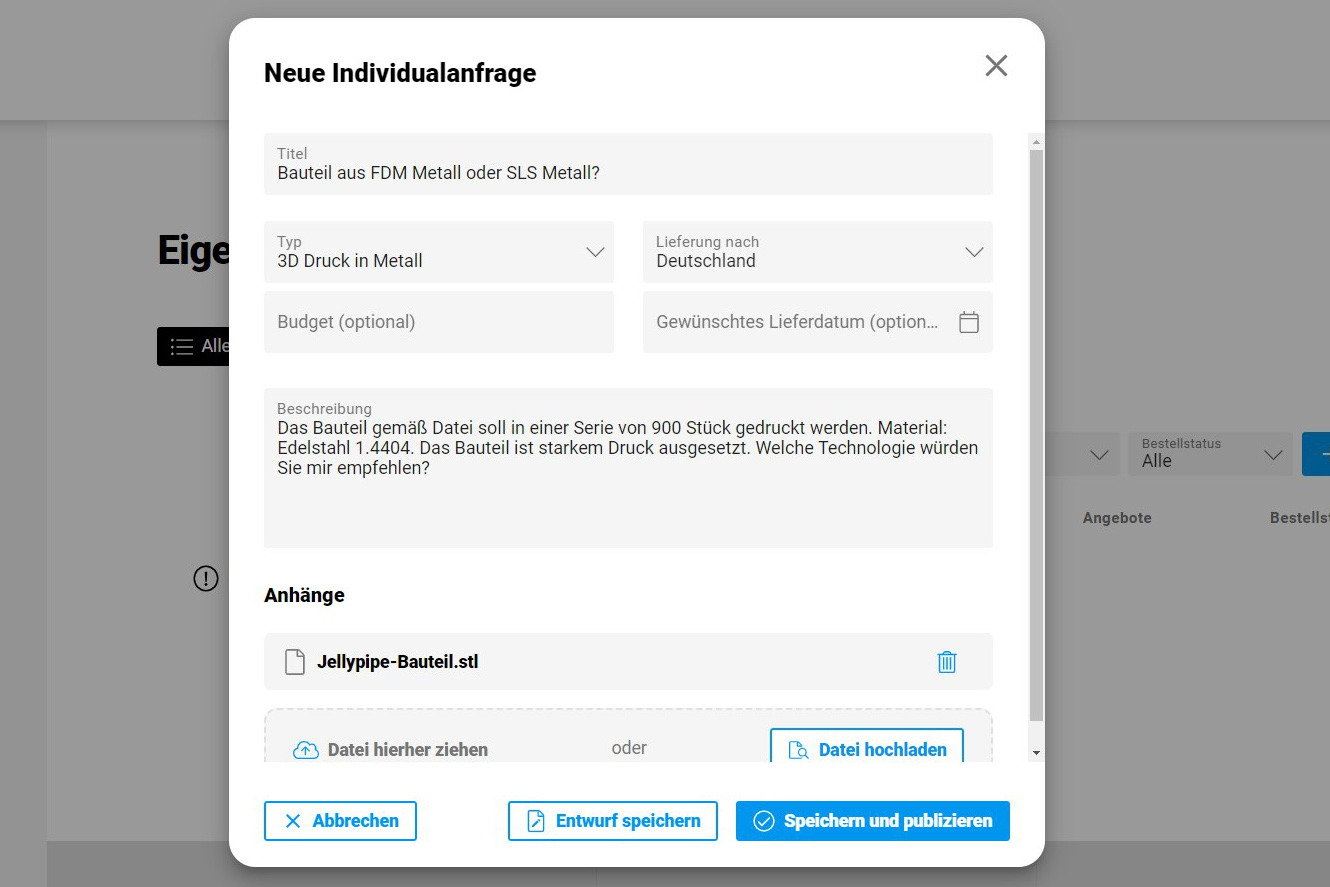If only one component were to be produced in a single operation, the effort required by the newer printers would be identical to filling the build area with 50 pieces of the same component. Applying the individual powder bed layers and exposing them always takes the same amount of time.
However, the shape of a component plays an important role in this process, especially in series production. The amount of space used in the build area is relevant, as is the number of build areas that have to be processed. Cooling of the powder bed after production takes up to 24 h to ensure that the components do not show any distortion.
Well "stackable" components fit in a larger quantity in a build space. This reduces the number of printing operations (and the time required) compared to components that have a large volume and are hollow inside, e.g. balls or spherical structures. Therefore, components with identical material volume are more expensive if they are not easily stackable.
Technologies: SLS, SAF, MJF, SLM (metals), DMP (metals).
Images: A component that stacks well. Due to its shape, the ball requires a relatively large amount of space in the build envelope, and thus more build space for a larger series with the same number than a stackable component that is identical in volume.



